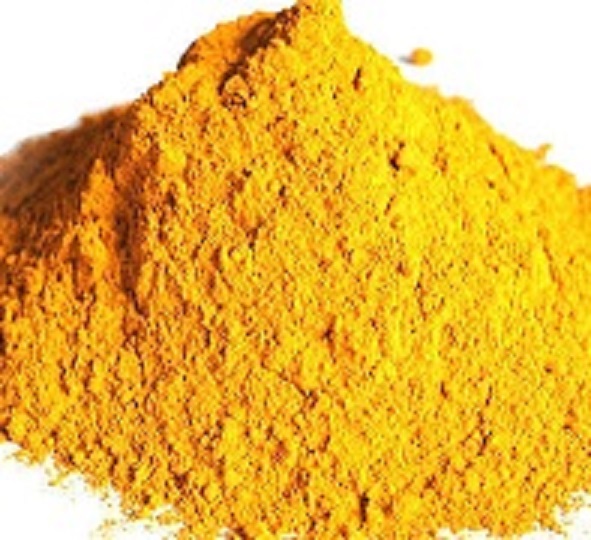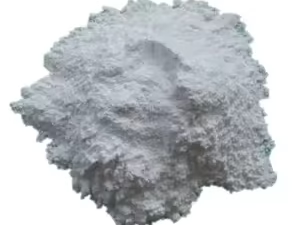Description
The Unsung Hero of Chemical Industry: Vanadium Catalysts
Vanadium catalysts, though perhaps not a household name, are quietly and efficiently driving some of the most crucial processes in the chemical industry. From the production of sulfuric acid to the manufacturing of essential polymers, these catalysts play a pivotal role in enhancing reaction rates, improving yields, and reducing environmental impact. Let’s delve into the world of vanadium catalysts and explore why they are so vital to modern chemistry.
What are Vanadium Catalysts?
Vanadium catalysts are chemical compounds containing the element vanadium that are used to accelerate chemical reactions without being consumed themselves. They primarily function by lowering the activation energy required for a reaction to occur, allowing reactions to proceed more quickly and efficiently at lower temperatures. Vanadium’s versatile oxidation states, particularly +4 and +5, contribute significantly to its effectiveness as a catalyst.
Key Applications of Vanadium Catalysts:
Vanadium catalysts find application in a multitude of industrial processes, but a few stand out as particularly significant:
- Sulfuric Acid Production (Contact Process): Perhaps the most well-known application is in the production of sulfuric acid, a cornerstone of modern industry. Vanadium pentoxide (V₂O₅) is the cornerstone catalyst in the “contact process,” where it facilitates the oxidation of sulfur dioxide (SO₂) to sulfur trioxide (SO₃), a crucial step in sulfuric acid synthesis. This process accounts for a significant portion of the vanadium catalyst market.
- Selective Catalytic Reduction (SCR) of NOx: Vanadium-based catalysts, often supported on titanium dioxide (TiO₂), are widely used in SCR technology to reduce harmful nitrogen oxides (NOx) emissions from power plants, industrial facilities, and diesel engines. They promote the reaction of NOx with ammonia (NH₃) to produce harmless nitrogen (N₂) and water (H₂O), contributing significantly to air quality improvement.
- Polymer Production: Vanadium complexes are employed as catalysts in the polymerization of olefins, such as ethylene and propylene, to produce various polymers, including polyethylene (PE) and polypropylene (PP). These polymers are ubiquitous in everyday life, used in packaging, construction materials, and countless other applications.
- Oxidation Reactions: Vanadium catalysts are employed in a variety of other oxidation reactions, including the oxidation of hydrocarbons to produce aldehydes, ketones, and carboxylic acids. These compounds are important building blocks for the production of pharmaceuticals, agrochemicals, and other fine chemicals.
Advantages of Vanadium Catalysts:
The widespread adoption of vanadium catalysts stems from a number of compelling advantages:
- High Activity and Selectivity: Vanadium catalysts exhibit excellent activity and selectivity, meaning they accelerate the desired reaction efficiently and minimize the formation of unwanted byproducts. This leads to higher yields and reduces the need for costly purification steps.
- Cost-Effectiveness: Compared to some other transition metal catalysts, vanadium is relatively inexpensive and readily available, making it a cost-effective option for large-scale industrial applications.
- Thermal Stability: Many vanadium-based catalysts exhibit good thermal stability, allowing them to operate at high temperatures without significant degradation or loss of activity. This is crucial for processes like sulfuric acid production.
- Environmental Benefits: By enabling more efficient reactions, vanadium catalysts contribute to reducing energy consumption and waste generation. Their use in SCR technology also directly reduces harmful NOx emissions, promoting a cleaner environment.
Challenges and Future Trends:
Despite their advantages, there are challenges associated with vanadium catalysts:
- Toxicity: Vanadium compounds can be toxic, requiring careful handling and disposal procedures to minimize environmental and health risks.
- Deactivation: Over time, vanadium catalysts can become deactivated due to poisoning, fouling, or sintering. Research is ongoing to develop more robust and resistant catalysts.
Looking to the future, research efforts are focused on:
- Developing more environmentally friendly vanadium catalysts with reduced toxicity and enhanced stability.
- Exploring novel vanadium-based materials with improved activity and selectivity for specific applications.
- Developing more efficient regeneration methods to extend the lifespan of vanadium catalysts.
Conclusion:
Vanadium catalysts are indispensable components of many key industrial processes, enabling the efficient and cost-effective production of essential chemicals and materials. Their versatility, activity, and affordability have made them a mainstay in the chemical industry. As research continues to improve their performance and address environmental concerns, vanadium catalysts will undoubtedly continue to play a crucial role in shaping the future of chemical manufacturing. They are a testament to the power of catalytic chemistry in driving innovation and improving our world.














Reviews
There are no reviews yet.